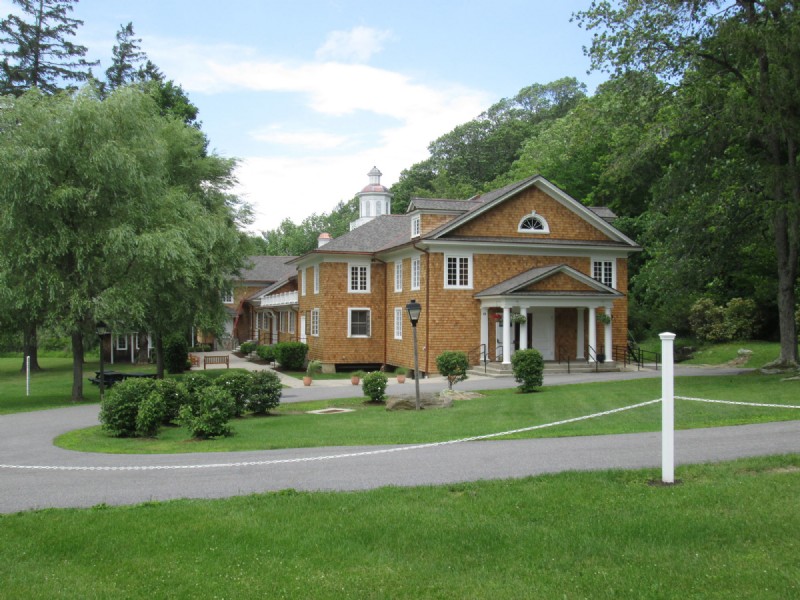Wood windows and doors deteriorate after decades of lack of maintenance, moisture infiltration, insect infestations, vandalism, and other environmental factors. Sometimes, simply the fact that they are over 100 years old is good cause for needing some attention. Owners of older buildings often look to windows and doors as culprits for a building’s poor energy efficiency. For all these reasons, window and door restoration is a frequent component of building preservation projects. Providing an essential part of a building’s historic authenticity, saving wood windows and doors, rather than replace them should be a priority.
Returning Original Wood Windows & Doors to “New” Condition
At Kronenberger & Sons, we have worked on thousands of wood windows and doors, and have established methods and techniques to restore them safely and completely.
- Complete paint stripping utilizing lead-safe practices;
- Restoration of window and door components through traditional carpentry methods;
- Structural stabilization and epoxy consolidation;
- Reproduction of wood elements as necessary using like-and-kind materials;
- Restoration of original hardware;
- Glazing, priming and painting.
Our windows and doors shop has dedicated craftspeople who work on each part of the restoration process. We are equipped to restore the windows and doors of one private home or handle a large campus of historic buildings.

First Step, Evaluation
The key to successful restoration of historic windows and doors is a careful evaluation of existing physical conditions on a individual basis. Using a drawn graphic or photography, we carefully record existing conditions and illustrate the scope of any necessary repairs. We also use a detailed window schematic which lists all of the parts of a window with spaces for our notes on existing conditions and repair instructions broken down by window component. This gives us the precise repairs needed for each window or door. We consider details including location on the building, paint conditions, woodwork conditions, and condition of the frame, sill, sashes, and hardware.
How We Restore Wood Windows
Safety First

Kronenberger & Sons is a certified for asbestos and lead mitigation, and we take the management of hazardous materials extremely seriously. Our Middletown shop contains facilities and equipment for lead and asbestos abatement, including separate negative air paint stripping rooms, and chain of custody and disposal protocols for waste. All KSR workers are trained to follow asbestos and lead safe practices, and wear appropriate PPE.
Safety starts at the jobsite. When we are working on windows in place or removing them to take to our shop, floors are covered in 6 mil poly on the ground and 3’ up the walls. Each window is wrapped and labeled individually before it goes into the van. When removal is completed, we vacuum the entire area and sills with a HEPA filtration vacuum. When we are done, the poly used is carefully folded, taped up, bagged, and taken back to the shop for proper disposal.
All windows and doors go immediately into our Alternative Work Practices Stripping Room. We have a separate room for steaming-stripping paint, and sanding windows and doors. We use two high-efficiency Steam Stripper ovens made by Bagala Window Restoration Systems to loosen years of paint and glazing from old windows and doors in a controlled and safe manner. For objects which are larger or sensitive to steam, we utilize chemical strippers, heat guns, and UV lamps. An installed HEPA filtration system keeps clean air circulating in the contamination area.
We dispose of all hazardous waste properly. Once paint is stripped in our AWP space, it is taken away in protective containers to a certified disposal site.
Window Repairs
Once paint has been fully removed, windows come out into the Shop. Our skilled craftspeople and carpenters begin all necessary repairs, component replacement and reproduction, and epoxy consolidation.
Because lead is still in the wood, once window repairs are completed, they each go back into the Stripping Room where they are sanded in preparation for glazing, priming and painting.
Our Painting Process is Different
We spray all our finishes on so we can guarantee the proper wet mil (millionth of an inch) and dry mil thickness that each paint manufacturer recommends. When painting is completed by hand, there is too much opportunity for error – everyone loads their brush differently and applies paint differently. Spraying finishes guarantees that surface layers are consistent, all the time. To ensure this consistency, every 5th sash is checked for mil thickness to confirm that we are always meeting those specifications.

Window & Door Replacements
While restoration is always the priority, there are circumstances that require replacement windows or doors. When original windows and doors have either been damaged beyond repair, or are outright missing and need to be replaced, we can create exact replicas based on existing material, drawings, and even historical photographs.



